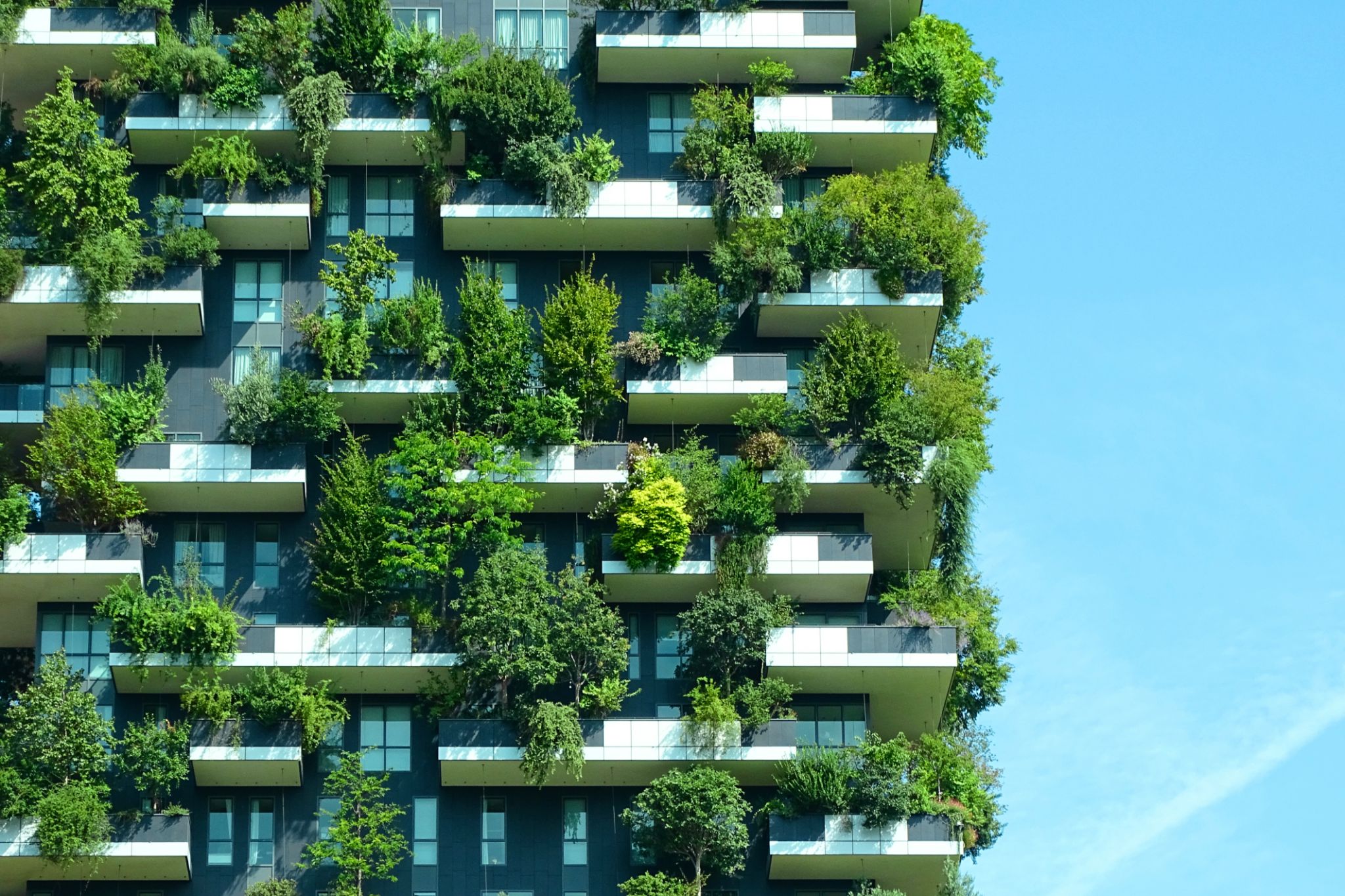Understanding LEED O+M 4.1: Enhancing Building Performance
Understanding LEED O+M 4.1
LEED O+M 4.1 stands for Leadership in Energy and Environmental Design for Building Operations and Maintenance. It is a certification that helps building owners and operators improve their sustainability practices. This guide will help you understand the basics of LEED O+M 4.1 and how it can benefit your building.
LEED O+M 4.1 focuses on the performance of existing buildings. It evaluates how well a building is managed and operated to reduce its environmental impact. The certification covers various aspects, including energy use, water efficiency, and indoor environmental quality.

<h
- Indoor Environmental Quality
- Transportation
Each of these areas has specific criteria that buildings must meet to earn points towards certification. The more points a building earns, the higher its certification level.
Steps to Achieve Certification
Achieving LEED O+M 4.1 certification involves several steps. First, building owners need to register their building with the U.S. Green Building Council (USGBC). Next, they must gather and submit data on the building's performance in the key areas mentioned above.
After submitting the data, the building undergoes a review process. The USGBC evaluates the data and determines if the building meets the criteria for certification. If the building meets the standards, it receives a certification level ranging from Certified to Platinum.

. Buildings that are more energy and water-efficient often have lower operating costs. This can result in significant savings over time.
Second, LEED O+M 4.1 certification can improve the health and comfort of building occupants. Better indoor air quality and lighting can lead to increased productivity and well-being for employees and tenants.
Finally, LEED O+M 4.1 certification can enhance a building's marketability. It demonstrates a commitment to sustainability, which can attract environmentally conscious tenants and buyers.

Understanding LEED O+M 4.1
LEED O+M 4.1 stands for Leadership in Energy and Environmental Design for Operations and Maintenance version 4.1. This certification helps building owners and operators measure and manage their buildings' performance. By focusing on operations and maintenance, LEED O+M 4.1 ensures that buildings perform efficiently over their entire lifecycle.
Why LEED O+M 4.1 Matters
Building performance is crucial for both environmental and economic reasons. LEED O+M 4.1 helps buildings reduce energy use, water use, and waste. This not only benefits the environment but also lowers operational costs. Moreover, a LEED-certified building can attract tenants and buyers who value sustainability.

specific credits that buildings can earn by meeting certain criteria. The more credits a building earns, the higher its LEED certification level.
For instance, energy efficiency credits can be earned by improving a building's energy performance. Water efficiency credits can be earned by reducing water use through efficient fixtures and fittings. Waste management credits focus on reducing, reusing, and recycling waste materials.

Moreover, LEED-certified buildings contribute to global sustainability efforts. They help reduce carbon emissions, conserve water, and minimize waste. By achieving LEED O+M 4.1 certification, building owners can demonstrate their commitment to sustainability and corporate responsibility.
Conclusion
LEED O+M 4.1 is a valuable tool for enhancing building performance. It provides a framework for measuring and managing a building's environmental impact. By focusing on operations and maintenance, it ensures that buildings perform efficiently throughout their lifecycle. Achieving LEED O+M 4.1 certification can bring numerous benefits, from cost savings to improved marketability.
If you are a building owner or operator, consider pursuing LEED O+M 4.1 certification. It is an investment in your building's future and a step towards a more sustainable world.
